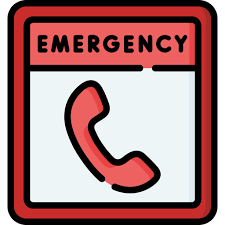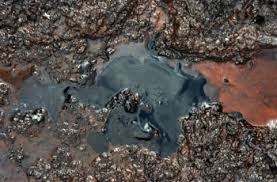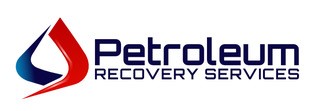Emergency Response Contact – After Hours

843-804-6788 Ext 103
Ron@prsfuel.com
Mobile: 843-324-5457

843-225-1777 Ext 105 James@prsfuel.com
Mobile: 843-697-1039
Customer Emergency Response
- General: In the event of a fuel spill or contamination incident, it is imperative to have a well-defined emergency response plan in place to mitigate environmental damage and protect public health and safety. This plan outlines the procedures and protocols to be followed by all personnel involved in the fuel remediation process.
In the event of an unforeseen emergency of any system failure please contact the listed PIC’s ASAP. PRS LLC has over 30 years in emergency response and between the two above listed PIC’s, a combination of over fifty years of specialized service. If safe, photos and over-communication of breaches should be shared and expressed. Swift proactive correspondence in the case of an emergency is essential for the safest response, plan, and action.
- Notification and Activation:
- Upon discovery of a fuel spill or contamination, immediately notify the appropriate authorities, including local emergency response agencies, environmental protection agencies, and the company’s designated emergency response team.
- Activate the emergency response team and ensure that all members are aware of their roles and responsibilities.
- Assessment and Evaluation:
- Conduct a rapid assessment of the spill or contamination to determine the extent of the damage and potential risks to human health and the environment.
- Evaluate the type of fuel involved, its quantity, and the affected area to develop an appropriate remediation strategy.

- Safety Precautions:
- Prioritize the safety of all personnel involved in the remediation efforts.
- Establish a safety perimeter around the contaminated area to prevent unauthorized access.
- Provide personnel with appropriate personal protective equipment (PPE), including gloves, goggles, respirators, and protective clothing.
- Containment and Mitigation:
- Implement containment measures to prevent the spread of the fuel contamination, such as erecting barriers and using absorbent materials to contain and absorb spilled fuel.
- Deploy specialized equipment and resources for fuel recovery, such as vacuum trucks, absorbent booms, and skimmers, to remove the spilled fuel from the environment.
- Cleanup and Remediation:
- Conduct thorough cleanup and remediation activities to restore the affected area to its pre-spill condition.
- Utilize appropriate remediation techniques, such as soil excavation, bioremediation, or chemical treatment, depending on the nature and extent of the contamination.
- Monitor air, soil, and water quality throughout the remediation process to ensure that environmental standards are met.
- Waste Management:
- Properly manage and dispose of contaminated materials and waste in accordance with regulatory requirements.
- Segregate and label hazardous waste containers and transport them to authorized disposal facilities.
- Communication and Coordination:
- Maintain open communication channels with regulatory agencies, emergency responders, and affected stakeholders throughout the remediation process.
- Provide regular updates on the progress of the remediation efforts and any changes in the situation.
- Documentation and Reporting:
- Keep detailed records of all activities related to the fuel spill response and remediation efforts, including incident reports, monitoring data, and waste disposal records.
- Prepare a comprehensive final report documenting the cause of the spill, the response actions taken, and lessons learned for future prevention.
- Post-Remediation Assessment:
- Conduct a post-remediation assessment to verify that the affected area has been successfully restored and that any remaining risks have been mitigated.
- Implement long-term monitoring programs, if necessary, to ensure ongoing environmental protection and compliance.
- Training and Review:
- Provide regular training and drills for personnel involved in emergency response and fuel remediation to ensure readiness and competency.
- Conduct periodic reviews and updates of the emergency response plan to incorporate lessons learned from past incidents and changes in regulations or best practices.
- Conclusion: An emergency response plan serves as a guide for effectively managing fuel spills and contamination incidents, with the ultimate goal of minimizing environmental damage and safeguarding public health and safety. By following these procedures and protocols, we can ensure a prompt and coordinated response to any emergency situation.
